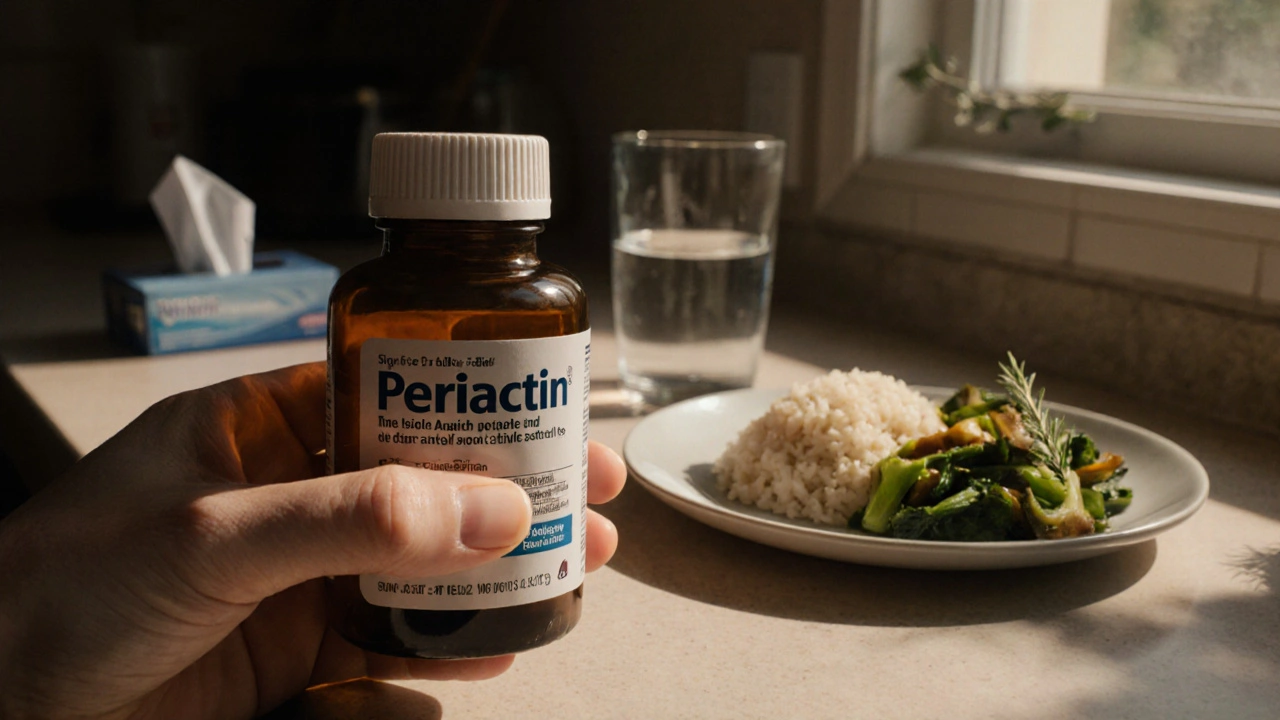Compare Antihistamines: A Practical Guide
When working with compare antihistamines, the act of weighing the benefits and drawbacks of different antihistamine medicines. Also known as antihistamine comparison, this process helps you line up a drug’s antihistamine profile with your specific allergy triggers. Comparing antihistamines involves assessing potency, onset time, duration of relief, side‑effect risk, and price. Because antihistamines block histamine receptors, they reduce itching, sneezing, and watery eyes. Knowing how histamine works lets you pick the right blocker for mild seasonal sniffles or severe chronic hives.
Key Factors That Shape Your Choice
The first factor is allergy relief speed. First‑generation drugs like diphenhydramine hit within 15‑30 minutes but often cause drowsiness, while second‑generation options such as cetirizine start working in about an hour and stay active for 24 hours with minimal sedation. Next, consider duration: a 24‑hour pill means you skip mid‑day dosing, which matters for work or school schedules. Side‑effects are another deciding point; dry mouth, headache, or rare heart‑rate changes can tip the balance toward a different molecule. Cost and availability round out the picture—many OTC antihistamines are sold in bulk for under a dollar per dose, while prescription‑only options may require insurance approval. Finally, drug‑interaction potential matters if you’re on blood pressure meds or antidepressants; always check the label or ask a pharmacist.
Putting these pieces together creates a clear decision tree. If you need fast, short‑term relief and can tolerate mild drowsiness, a first‑generation antihistamine might be best. If you want all‑day coverage without feeling sleepy, a second‑generation drug like cetirizine or loratadine is the logical pick. For chronic conditions such as allergic rhinitis or chronic urticaria, physicians often recommend a daily non‑sedating antihistamine plus a nasal steroid for added control. Remember that allergy severity influences which antihistamine you should choose, and seasonal changes may shift your preference from one product to another. Below you’ll find a curated set of articles that break down specific comparisons, dosage tips, safety notes, and buying guides so you can move from theory to action with confidence.

Periactin (Cyproheptadine) vs. Common Antihistamine Alternatives: A Detailed Comparison
A clear, side‑by‑side comparison of Periactin (cyproheptadine) with common antihistamine alternatives, covering uses, side effects, cost and when each drug is best.




